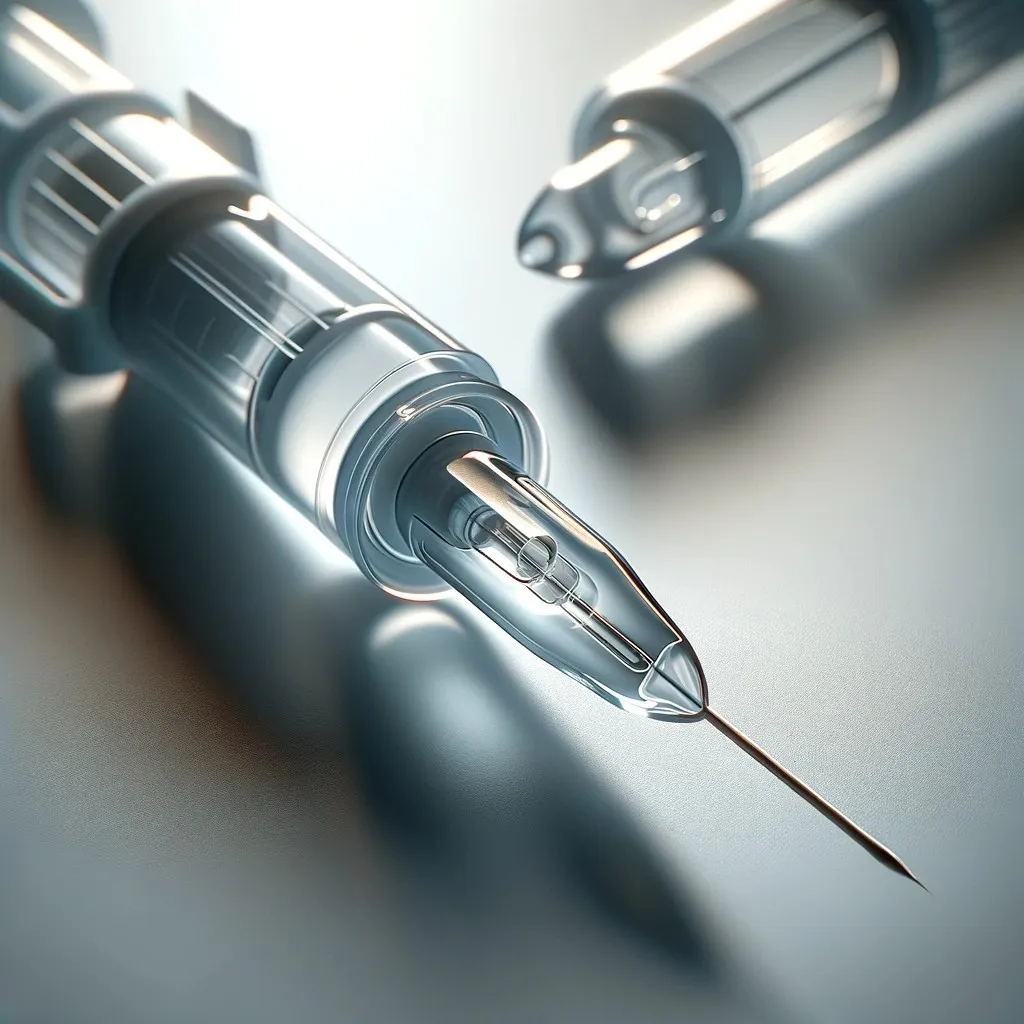Table of Contents
ToggleThe Vacutainer Needle: Revolutionizing Blood Collection in Modern Healthcare

In the ever-evolving world of healthcare, the tools and technologies used in diagnostics play a pivotal role in ensuring accuracy, efficiency, and safety. Among these tools, the vacutainer needle stands out as a cornerstone of phlebotomy and laboratory procedures. Its innovative design and functionality have transformed the way blood is drawn, making the process safer and more reliable for both patients and healthcare professionals. This comprehensive guide delves into the intricacies of the vacutainer needle, its features, benefits, and its indispensable role in modern medicine.
What is a Vacutainer Needle?
The vacutainer needle is a specialized medical instrument used for drawing blood samples. It is an integral part of the Vacutainer system, which includes a vacuum-sealed blood collection tube and a needle holder. This system is designed to make the blood collection process sterile, efficient, and nearly painless.
The concept of the Vacutainer system was pioneered in the early 1940s by Joseph Kleiner, revolutionizing phlebotomy by eliminating the need for multiple needle insertions when collecting multiple blood samples.
Design and Features of the Vacutainer Needle
- Double-Ended Needle
- The needle’s one end enters the vein, while the other end is inserted into the vacuum-sealed tube.
- This dual-ended design facilitates seamless blood transfer directly into the collection tube.
- Vacuum-Sealed System
- The vacuum within the blood collection tube ensures that blood is drawn at a controlled rate, reducing the chances of hemolysis or sample contamination.
- Safety Features
- Modern vacutainer needles come with advanced safety mechanisms, such as retractable needles or locking shields, to prevent needlestick injuries—a critical aspect of occupational safety in healthcare.
- Range of Needle Sizes
- Available in various gauges (sizes), vacutainer needles cater to different patient needs, from pediatric to adult patients.
- Single-Use, Sterile Design
- Each needle is individually packaged and sterilized to minimize infection risks.
Advantages of the Vacutainer Needle System
- Minimized Patient Discomfort
- The system allows multiple blood samples to be collected using a single venipuncture, reducing the need for repeated needle insertions.
- Enhanced Safety
- By utilizing a closed system, the vacutainer needle minimizes the risk of exposure to bloodborne pathogens for healthcare workers.
- Improved Sample Integrity
- The vacuum-sealed tubes ensure proper blood-to-additive ratios, preserving sample quality for accurate testing.
- Efficiency in Clinical Settings
- The streamlined process enables quick and efficient blood draws, making it ideal for high-volume settings such as hospitals and diagnostic laboratories.
- Reduced Contamination Risks
- The sealed system prevents air from entering the collection tubes, which can compromise test results.
Step-by-Step Guide to Using a Vacutainer Needle
- Preparation
- Ensure all necessary equipment is ready: vacutainer needle, holder, collection tubes, gloves, antiseptic, and gauze.
- Explain the procedure to the patient to alleviate any anxiety.
- Venipuncture
- Identify an appropriate vein, usually in the arm.
- Clean the site with an antiseptic swab to reduce infection risks.
- Assembly
- Attach the vacutainer needle to the holder securely.
- Insertion
- Position the needle at a slight angle of around 15 to 30 degrees as you insert it into the vein.
- Blood Collection
- Insert the first vacuum-sealed tube into the holder, allowing the vacuum to draw blood into the tube.
- Replace the tube if additional samples are required, ensuring no need for a second puncture.
- Completion
- Once the required samples are collected, carefully remove the needle, apply pressure to the site, and secure with a bandage.
- Discard the needle in an approved sharps disposal container.
Applications of Vacutainer Needles in Healthcare
- Routine Blood Tests
Used for common diagnostic tests such as complete blood counts (CBC), cholesterol levels, and glucose monitoring. - Specialized Testing
Essential in serological, biochemical, and microbiological testing. - Blood Donation and Typing
Ensures safe and efficient blood collection for donation purposes.
Advancements in Vacutainer Needle Technology
With continuous innovation in medical technology, the vacutainer needle has undergone significant enhancements to address evolving healthcare needs:
- Eco-Friendly Designs: Biodegradable and sustainable materials are now being explored to reduce medical waste.
- Automated Integration: In modern healthcare systems, vacutainer needles are being integrated with robotic phlebotomy systems to improve precision and reduce human error.
- Enhanced Comfort: Ultrathin needles and advanced bevel designs minimize patient discomfort during blood draws.
Conclusion
The vacutainer needle is more than just a medical tool—it represents a critical advancement in patient care and laboratory diagnostics. By ensuring safety, efficiency, and accuracy, it has become a trusted ally for healthcare professionals worldwide. Its role in enabling high-quality diagnostic testing underscores its importance in the broader context of modern medicine.
For healthcare providers and patients alike, understanding the vacutainer needle’s benefits and functionality fosters greater confidence in the blood collection process, contributing to better healthcare outcomes.
Stay informed about the latest in medical supplies and advancements by following our blog for more insights and updates!
Note: Image generated with the help of open AI




